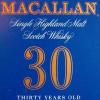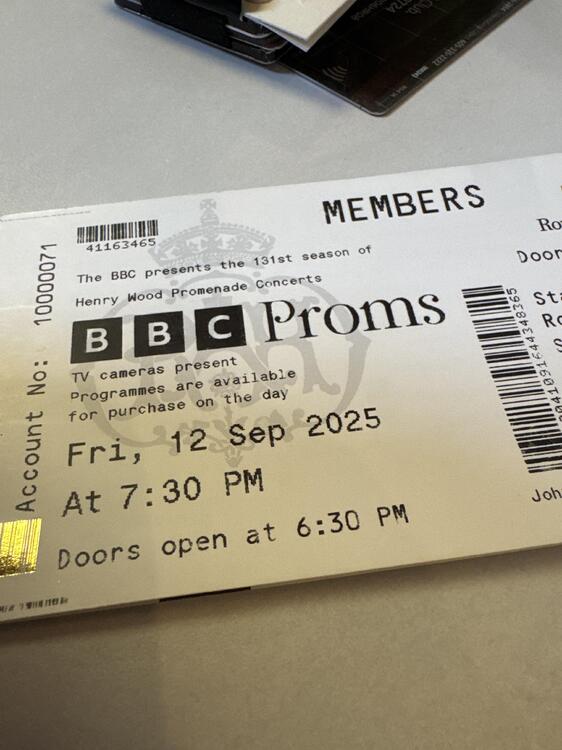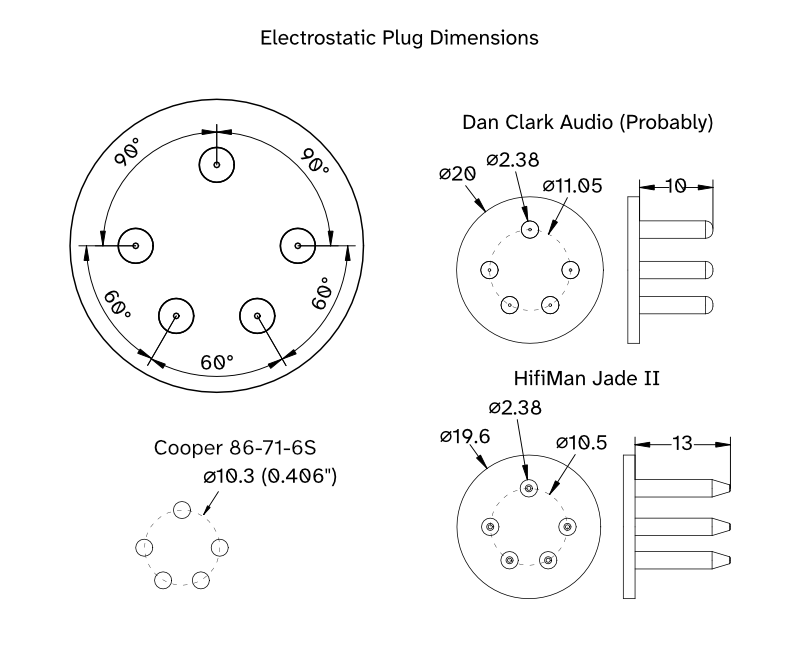All Activity
- Past hour
-
New Chameleons, Arctic Moon. Some similarity to their older work, but much is new and different. Lyrically I love it, and the music fits each song. Lead singer Vox (used to be Mark Burgess) puts some soul and emotion into the words, representing relationships, new-found love but also the scary nature of the modern world (last song for example is called Saviors Are A Dangerous Thing). But it's certainly an acquired taste. I'm loving it so far.....
-
Ovide joined the community
-
I’ve bought a Woo Audio GES for my Lambda collection and until know it compares favourably to my Stax 313 and 006T. But as I don’t want to fry my Lambda’s I was hoping someone could check the bias resistors used in the pics of the imgur link below: https://imgur.com/a/JbKgvgW I tried to check the color codes of the resistors myself, but given my limited experience was not able to make the correct calculations like Birgir’s example above. Btw it seems that my GES is different than the two others in this thread. Mine seem to have a different construction of the power supply and uses some Auricaps and Mills resistors. Was this offered as an upgrade by Woo Audio?
-
Was just reading about Betty Soo....looking forward to trying.....thanks!
- Today
-
James McMurtry and BettySoo 9/11/25 Bijou Theatre, Knoxville https://archive.org/details/betty-soo-20250911 https://archive.org/details/jamesmcmurtry20250911
-

The Knuckledragger 3rd Memorial Slow Forum Post
mikeymad replied to Knuckledragger's topic in Off Topic
-
Yes, that one isn't there. There are some balanced input boards up there but not sure what those are exactly. There was a GB back in 2017 for a bunch of stuff that the diffinput3smtd board was mentioned in, but not sure if those were actually included in the GB or not. Pinging @kevin gilmore @sbelyo ran that GB and might also have the file.
-
Lovely, finally some use for circlotron psu. Most things settled - only finance issue… no prediction.
-
there are a couple of places that sell the same thing that are not ebay. circlotron power supply works fine for 700v, 800v etc.
-
Yes, I've exactly these two addresses, but the smd board is not included in there.
-
Here are the links to Kevin's files for PCBs and schematics etc. i think that for your application you would be fine without the buffer.
-
Thanks. I avoid ebay. Goods tend to be stuck or disappear in Swedish customs. Suggestions about +/-750V?
-
was planning on using the teflon versions on ebay. but i think that ceramic one is exactly the same size.
-
I didn’t see this one coming. “CRT enthusiasts” are here. https://www.bbc.com/future/article/20250911-the-people-who-hunt-down-old-tvs
-
Yep, I’ve noticed output and filament boards match up to each other. Here is how it looks like on my screen, all output tubes side by side. Size 24 in x 12 in – huge. Question regarding jumbo socket – what socket do you have in mind? This from a French company might fit.?
-
no real reason to shrink the filament board, but go ahead and try. the output tube spacing is already at the minimum and that results in a specific board size. no reason for the filament board to be any smaller than that because all the holes need to line up. filament board stacks on the output board.
-
Michelag started following Balanced to unbalanced board
-
Thank you Pars, I had a read of the thread, so, seems that the balanced/unbalanced board per se ends with the file diffinput3.zip; following ones, 5, 5a and 6 present only the diamond buffer though. Since in the drive repository I couldn't find the file I really need, http://gilmore.chem.northwestern.edu/boards/diffinput3smtd.zip I'm asking here, in case someone could supply it. Another point that I couldn't clarify through reading, is buffer needed only when interconnect cables are very long? Or could I use directly the unbal/Bal between DAC and amp? Thanks, Mike
-
Have made schematic out of Kevin’s published gerbers of David and Goliath filament. From schematics a PCB layout following the original gerbers is made and the above 3D model is the result. I’m addicted to make my own twist of others work. So, now can the process of shrinking Kevin's board start. Just to be clear, David and Goliath project is insane. I like that.
-
Very nice! A new JoaMat "interesting twist"-project in the works I believe ?
-
I enjoy thinking about different ways to accomplish the often-overlapping electromechanical goals of audio devices. Every few years I get to considering electrostatic headphone connectors, and every time I end up finding the same collection of vintage part numbers, shared experiences, and a few useful drawings that can be put together to probably lead to a functional socket or plug, if you want to make one yourself. I appreciate and have used that information, and now I'd like to consolidate it and create some actual specifications to help anyone trying to make a plug or socket. The most useful thing to start with would be plug specs. Pin diameter, length, pin circle diameter, and housing outer diameter, in case you want to make a recessed socket. Here's a drawing of a plug I got from Dan Clark (I can't guarantee that it's the same as his current production plugs) and a plug from the Hifiman Jade II. If it would be useful I could make a complete model of both plugs and share the STEP files. Next week I'll be able to add the dimensions for the Audeze CRBN2. Eventually I should be able to measure some Stax plugs. Found partial catalogs for Cooper and Amphenol 78-S6S socket and 86-71-6S/91MPM-6S plugs, but neither specified pin diameter. Standard pin diameter seems to be .093" or .094" (2.36-2.38mm), the same size as a 3-pin XLR contact or an octal tube socket pin, or a Size 12 circular connector contact. There is a standard housing layout for #12 contacts that matches the position of a 6-pin Stax plug, arrangement 16-6 or 17-6, but I haven't been able to find any documentation of the pin circle diameter. Neutrik also makes a crimp socket contact, HA-3FXX. The threaded socket most commonly used for electrostatic jacks and tube sockets (like this, or these) is good and conceptually simpler to design a housing for, but I would love to find a design guide or get some advice on the right way to make a hole for circular connector contacts or that Neutrik contact. They're probably not easy cavities to machine from a single piece of material, but 3D printing is useful, and I saw some mil-spec circular connectors that appeared to use stacked layers. Standard pin circle diameter is . . . something between the .406" (10.31mm) in the Cooper catalog and the .435" (11.05mm) of Kevin Gilmore's socket drawing. The Hifiman plug was closer to the Cooper at ~10.5mm. The Dan Clark plug seemed to match up perfectly with the KG drawing. My estimate of this Viborg socket from their drawing puts it closer to 11mm. If anyone has any dimensions to share I'd be happy to add them to a single reference PDF. Any other useful application information about connectors would be good to include as well, if anyone has had experiences with pins being too long or too short, or pin-to-pin clearance standards, or other things. Cable-related information would also be valuable. EstatPlugDimensions.pdf
-
- 1
-

-
That's the reason why too much money in politics makes each get more intense for there view . It's like a game of one up . There is only one club and we are not in it , but we attack each other like we need to win . I'm old enough to know only way to win is play for ourselves.
- Yesterday
-
-
generally that is how these are used unbalanced out to balanced in. Take a look at this post which should tell you everything you need to know. It usually helps to read the entire thread when possible.
-
Bumping up the thread, having some difficulties to grasp how this bal/un is working... Shall I use it to get the unbal output of my DAC as an input, to go balanced to my KGSSHV? Referring to v5, the last version... I guess the diamond buffer is included in the schematic and board, but really can't understand what would be input and output in my particular case... Some kind words of encouragement? Thanks...











